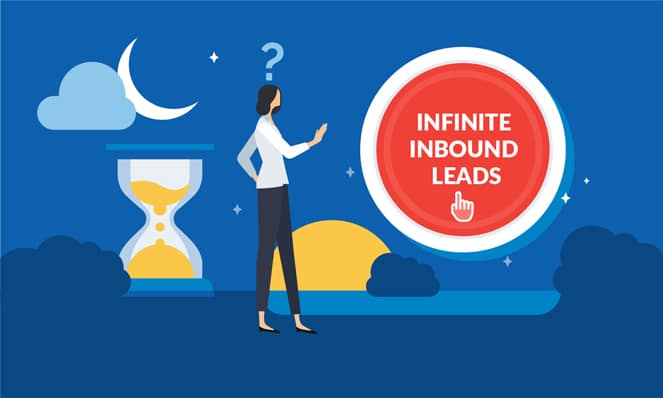How Do You Develop A B2B Marketing Strategy?
Any effective B2B strategy should be aimed at the development of lead. That’s why 85 percent of B2B marketers say their main priority is to generate more leads. But creating a successful B2B marketing strategy is not as easy as you might think. There are so many companies that do things wrong.
In this guide, you will learn all about how to develop a B2B marketing strategy that will grow your company quickly.
-
Set specific goals
Each marketing strategy of B2B has objectives that can be defined and refined together. Everyone can not be put on the market at once, so you have to concentrate on the core audience. Everyone else will join this tiny core community of people. Concentrate your efforts in a different consumer section. This segment of customers is your ideal customer image. This is your perfect destination buyer.
-
Use goals for action choices and KPIs
Your next step is to determine for what target which actions are most helpful. As always, a good understanding of the market that you seek to target will be the starting point.
Using customer people and sketches of character to get a better picture about who decision makers you want to hit for any strategy, be it an advertising advertisement or content to improve incoming sales results.
It is important to go again to the place of your audience when selecting your channels, instead of just selecting the channel that suits your message. You have a wealth of data to inform this decision, for electronic communications, from email and web analytics to social listening tools that track those issues and use analytics to launch campaigns or deliver diverse contents.
These strategies would also be more successful in achieving each particular goal. For example, to improve awareness, you might prefer a show promotion while email communication would be more useful for lead nutrition.
The steps you select will also be dictated by the budget and resources available. If you accurately predict at this stage, measuring ROI, making your actions a priority and initiating your strategy will be easier. The budget would preferably be based on understanding the tasks to be completed-not the reverse.
-
Develop integrated campaigns
Integrated marketing across channels is now the norm, rather than the exception. Your B2B marketing plan should coordinate across channels, both online and offline, but don’t just use a scattergun approach: instead choose your channels carefully.
Set specific rules on visual identity and voice tonality that operate on both the online and offline platforms to keep your branding consistent. Make it simple and easy to understand and use in-house and organization teams all get access to the same guidance.
Messaging should be coordinated with a specific shared purpose for all communications. Returning the same material to different platforms helps preserve the message and allows you to save on production output.
-
Make sure sales and marketing are aligned
Make sure that sales and marketing teams use the same model when developing your customers and segmentation. It’s surprising that this isn’t the case, because marketing priorities don’t fulfill the sales team’s targets. Your strategy will achieve all its KPIs and produce a steady stream of professional lead-a segment which is not recognized or required by the sales team.
-
Make smart use of CRM and marketing automation
Managing all your inbound, outbound, online and offline B2B marketing activities together in a coherent manner is only possible with a centralized CRM system that keeps customer data up-to – date and accessible wherever it is needed.
Detailed analytics give you better information about ROI, reach and effectiveness, and because you’re tracking customers throughout their journey, you can easily see which campaigns and activities make the most of your buck. The right CRM can also help you with your sales enablement activities – things that help your sales team to do their job better.
Much of the heavy lifting of B2B marketing can now be done with marketing automation software. This deals with the automation or simplification of tasks that previously required valuable time from the marketing team themselves: it can include lead qualification and nurturing, building landing pages and forms to support email campaigns, and dynamically customizing the content displayed on the website to suit individual interests and past browsing history.



